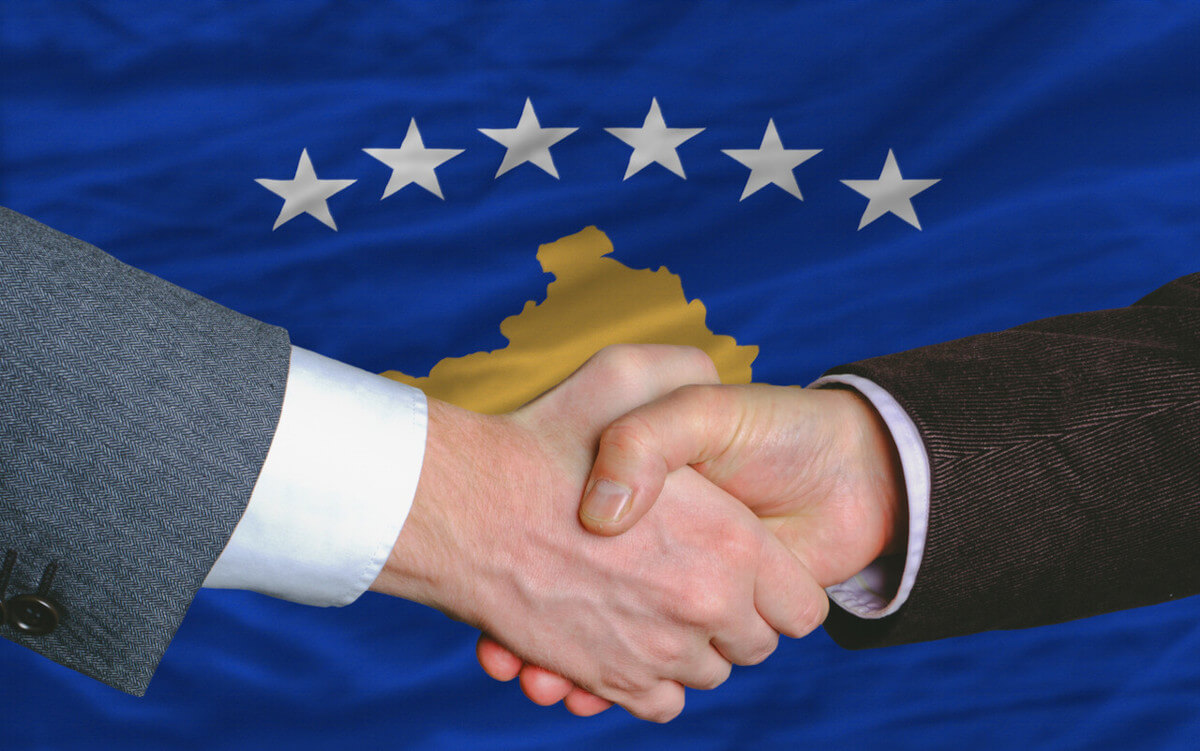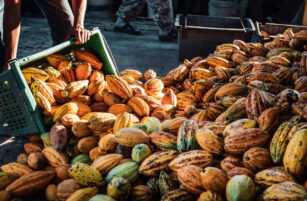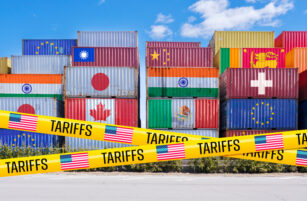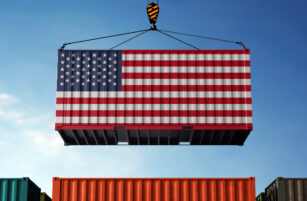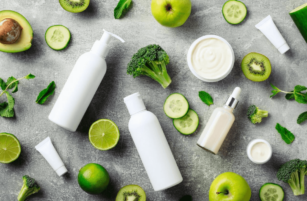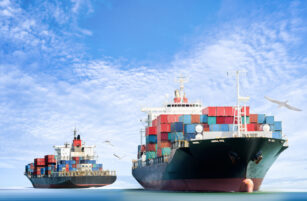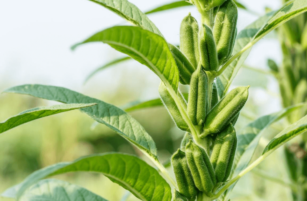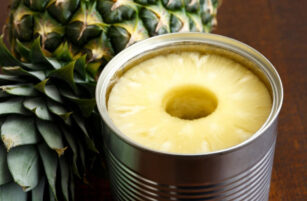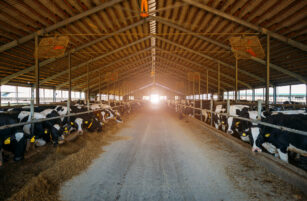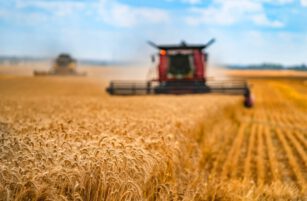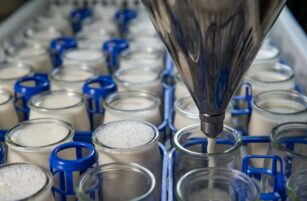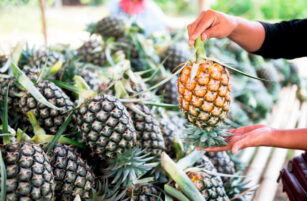Insight Focus
In early December, Mercosur and the EU signed an important free trade agreement. The treaty, which still needs to be voted on in the European Parliament, is expected to increase the flow of trade between Brazil and Europe by 5.1% per year.
EU-Mercosur Trade Deal Reached
After 25 years of negotiations, the Mercosur countries (formed by Argentina, Brazil, Paraguay, Uruguay and Bolivia) and the EU finally reached a consensus on the free trade agreement between the two blocs.
Announced at the beginning of December, the agreement is expected to intensify trade flow between Brazil, the main economy in Latin America, and the 27 countries of the EU, which represents one of the main destinations for Brazilian exports.
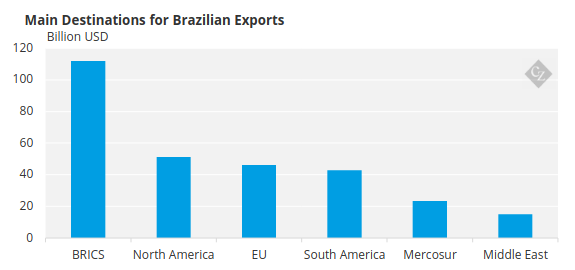
Source: Comex
Together, Mercosur and the EU have a GDP of USD 22 trillion. The Brazilian government estimates that the agreement should increase trade with Europe by 5.1% per year when it is fully implemented – which should take some time.
Now, the agreement will undergo a legal review and translation into all EU languages. In the coming years, it will be voted on in the European Parliament, where it will face some resistance.
Countries with protected agriculture, such as France, have been taking a stance against the treaty. “Protectionist issues are at stake, but strong economies like Germany see the agreement as a good opportunity to expand exports,” said Welber Barral, partner at BMJ Consultoria and former secretary of foreign trade at the Ministry of Development, Industry and Commerce.
We spoke with Barral about the main points of the agreement.
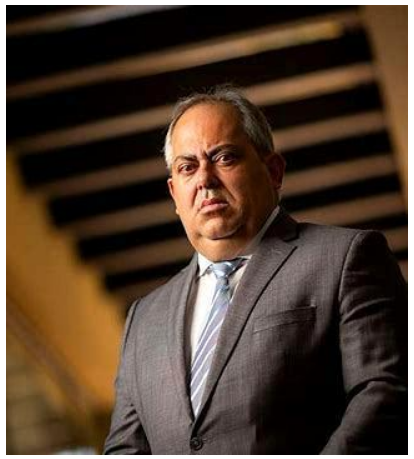
Welber Barral
Why did the deal take so long to finalise?
A consensus was reached in 2019, but then a lot happened. An important point is that the EU felt the need to better discuss environmental issues, particularly due to internal pressure from some countries with protected agriculture, such as France.
Another important fact is the election of President Trump. One of Trump’s campaign promises was to increase import taxes by up to 10%, including on products coming from Europe. Today, the US is the largest destination for European exports. In this scenario, it became more interesting to close the agreement with Mercosur.
And what has changed in relation to the environmental aspect of the agreement?
An annex was made on sustainable development, with clauses such as improved conditions for access to the European market for sustainable products from Mercosur. The document also reinforces the need to respect international agreements. If any country leaves the Paris Agreement, for example, the agreement may be suspended.
What will be the next steps so that the agreement can be ratified?
Now, the agreement will undergo a legal review and translation into all languages of the countries involved, which should take a year. It will then need to be approved by the European Council and, subsequently, by the European Parliament. France will almost certainly try to block the agreement. For it to be approved by the European Council, it must have the support of at least 55% of countries.
If four countries representing at least 35% of the EU’s population are against it, the agreement could be blocked. Poland, with protectionist agriculture, is aligned with France, while Germany and Spain fight for approval of the agreement. I am optimistic.
Did Mercosur need to make concessions on agricultural exports?
Yes. The agricultural chapter was the most difficult due to protectionist issues in some European countries. Some agricultural products from Mercosur will not have free access to the European market. There will be export quotas. In some cases, such as beef, a tariff will continue to be paid for the product to enter the European market. This tax will be 7.5%, compared to around 40% currently.
It is worth remembering that export quotas represent a very small volume of European consumption. For the Mercosur livestock farmer, the advantage is that the European market is premium, especially in relation to beef, and pays more. And for many agricultural products, such as coffee and fruit, there will be no tariffs.
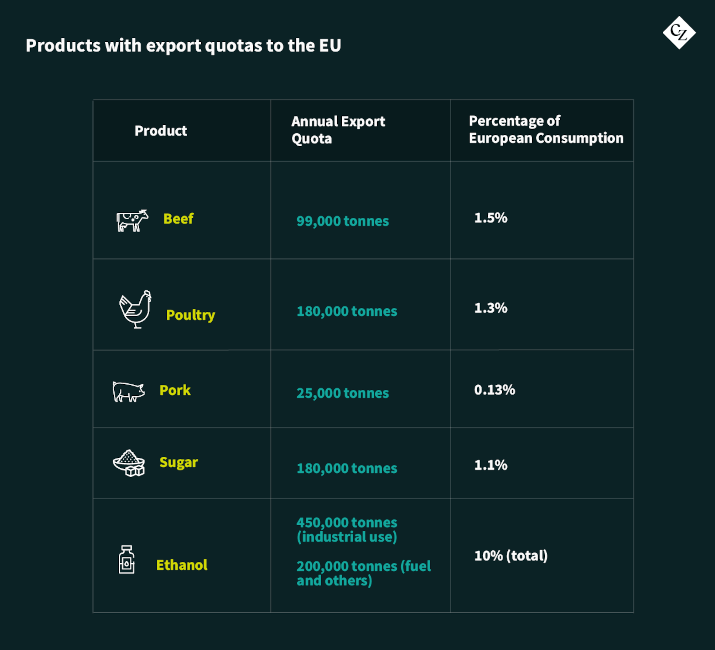
How will the blocs transition from current tariffs to new ones?
Rates will be reduced gradually. Tariff exemption on the sale of products between the two blocks will reach around 90%, with a gradual reduction that could take up to 15 years. It doesn’t happen overnight. We must think about a 20-year horizon for the agreement to be fully implemented, because there is still a lot to go through. The good thing is that this can open a series of long-term opportunities, including for agricultural products that are not so representative today.
Brazil has been investing in new cultivars with good growth potential. Tropical wheat, the result of Embrapa research, is a good example. We can also think about fruits and a series of products, including those from sustainable agriculture in the North region, whose demand may grow.
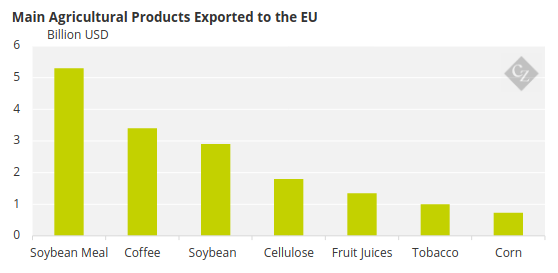
Source: Comex
Can products like biodiesel represent good export opportunities in the long term?
First, we must supply our internal market and comply with the increase in the mixture of biodiesel in diesel, as required by the Future Fuel Law. But after this, there could be good opportunities. The agreement with the EU is very broad and leaves nothing out.
In the long term, there may be an opportunity to export biodiesel, whose production has been increasing. The free trade agreement also includes government procurement, technical and scientific cooperation, which should be very beneficial.
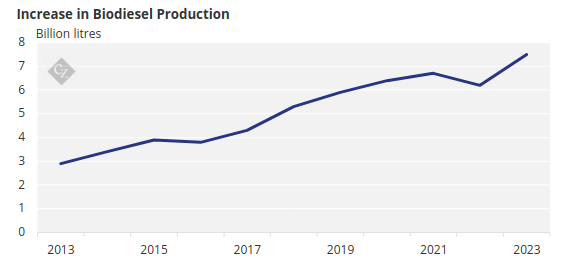
Source: Abiove
What should Mercosur countries gain from the agreement in relation to imports of European products?
We will have broader access to items such as machinery, equipment, pharmaceutical inputs and chemical products, for example, which will have zero tariffs or a considerable tariff reduction. For machines, there will be no fee. It is important to remember that the agreement also represents an incentive for European companies to invest in Brazil, which is very positive for the economy.
In relation to the other free trade agreements that are being negotiated, which ones are most likely to be signed?
Mercosur is advancing in negotiations with the UAE, which is an important distribution hub in the Middle East. Brazil already has an important share in the sale of chicken to the UAE and it has a strong investment plan in Brazil, including to produce biodiesel. This agreement should be finalised quickly.
We have also started a dialogue with Vietnam and are negotiating with Canada, but this agreement may take longer due mainly to issues related to Canadian agricultural protectionism.
In any case, signing the agreement with the EU is very important to encourage other economic blocs and countries to follow the same path. The tendency is that other countries also want to guarantee easier access to the Brazilian market, which is the largest in Latin America, and look more closely at possible trade agreements with Mercosur.
